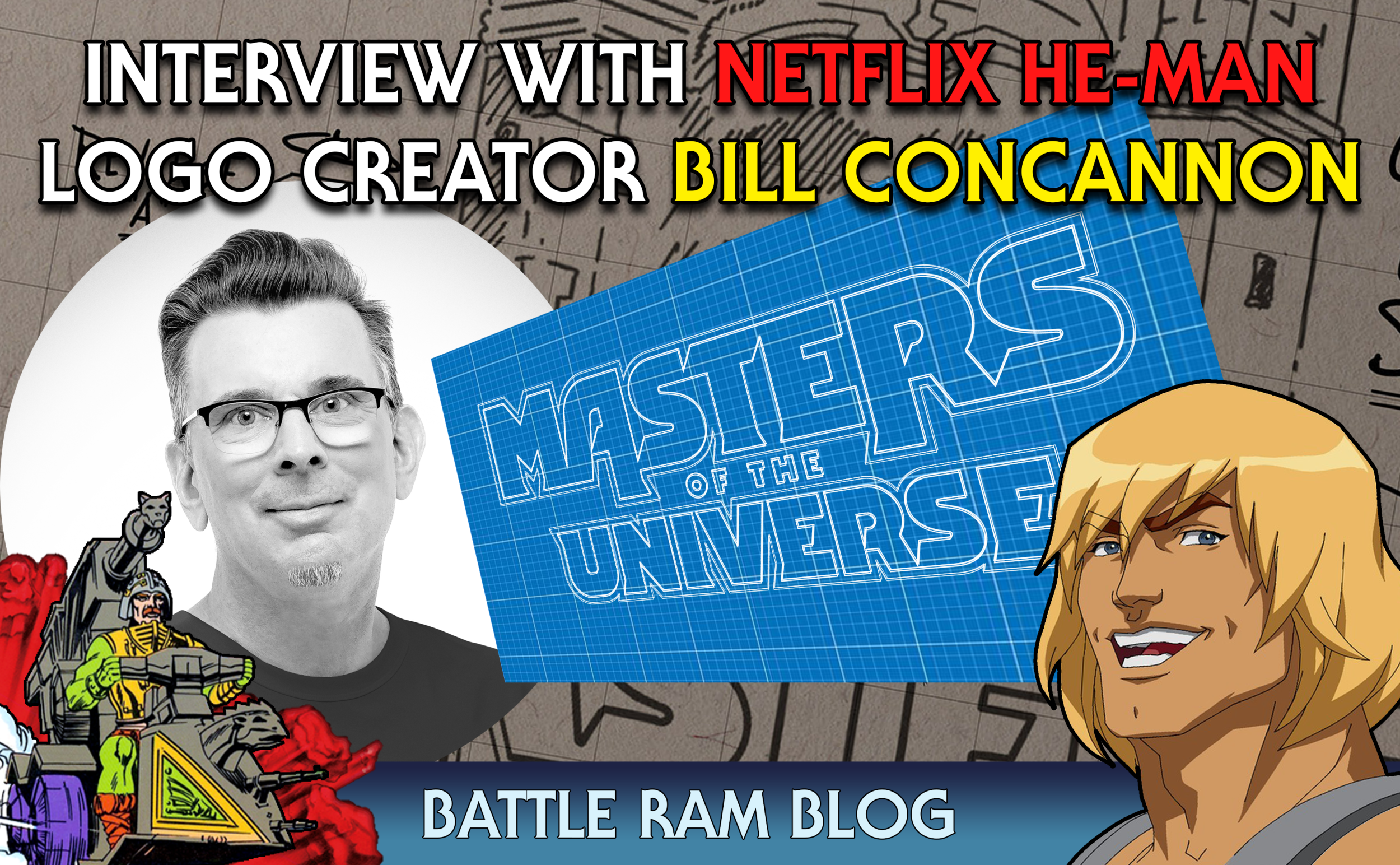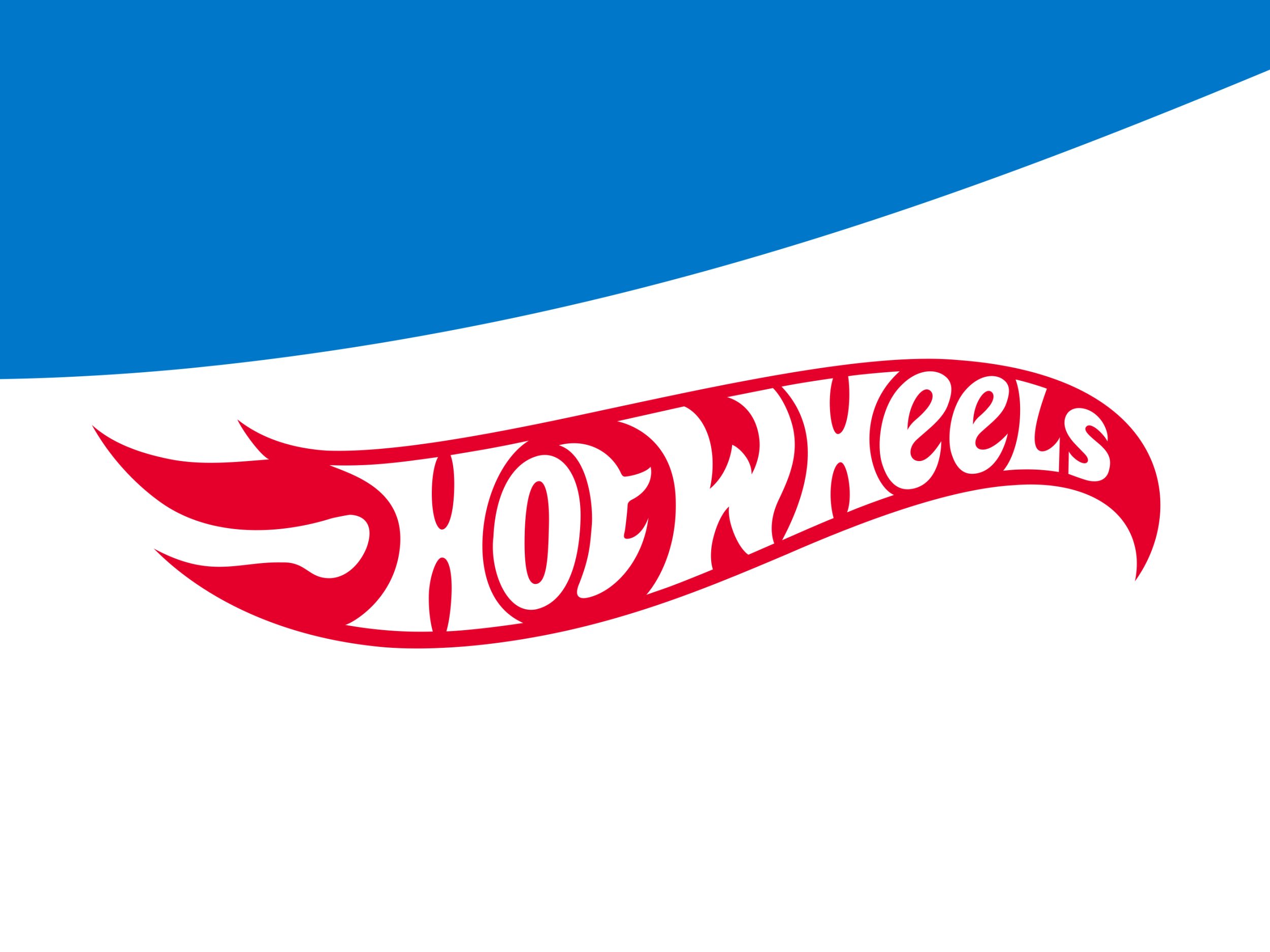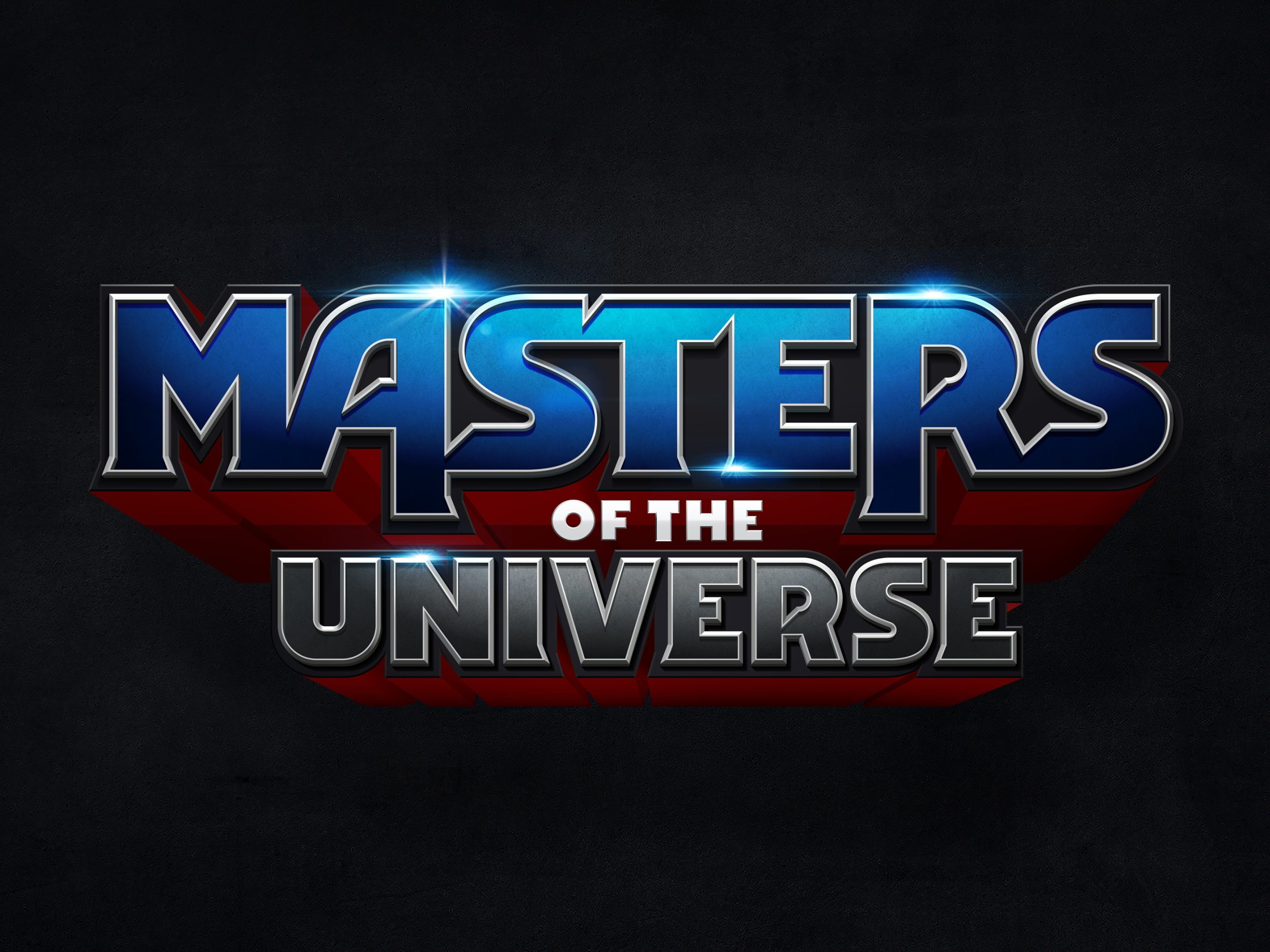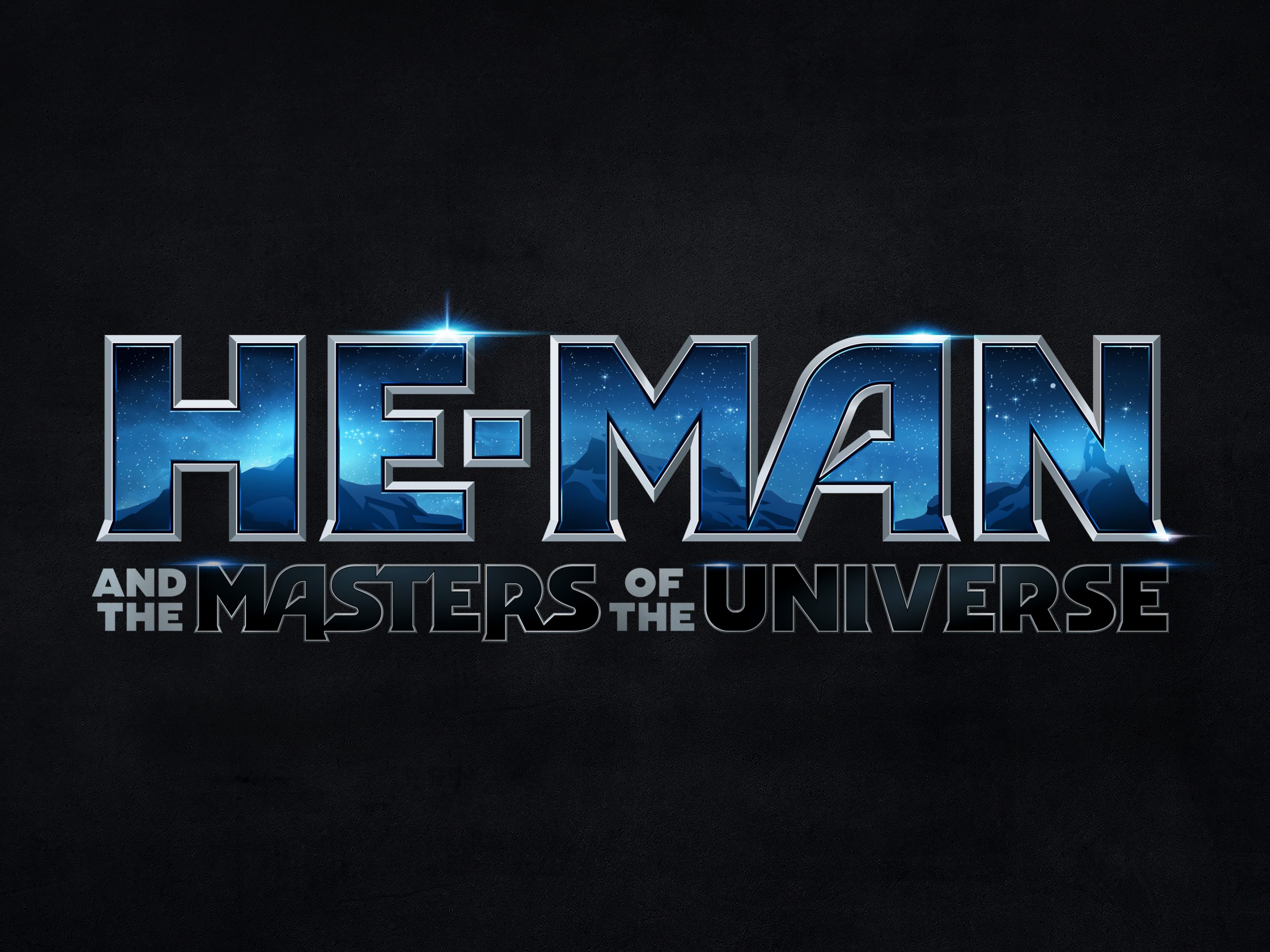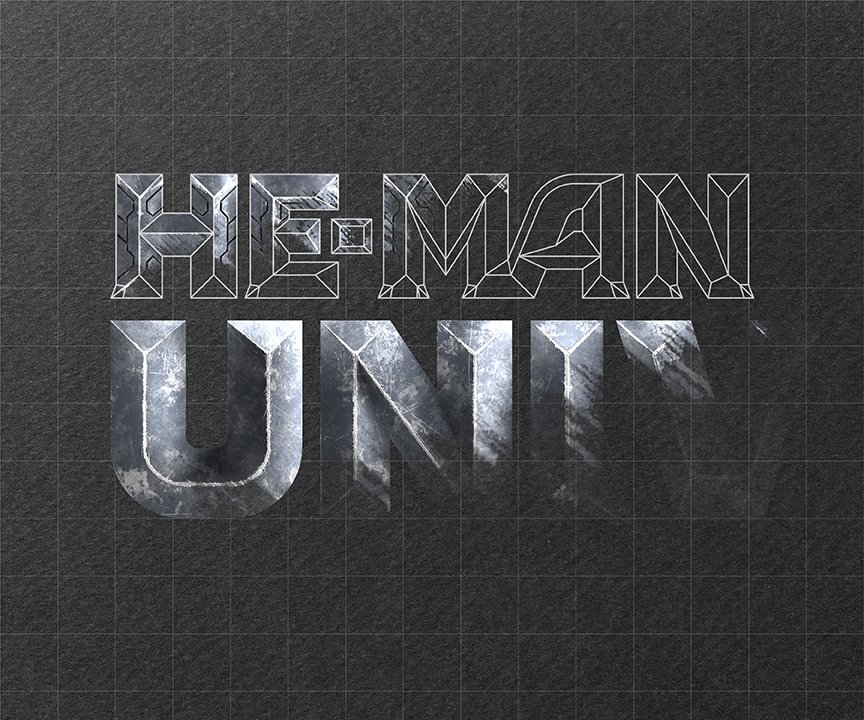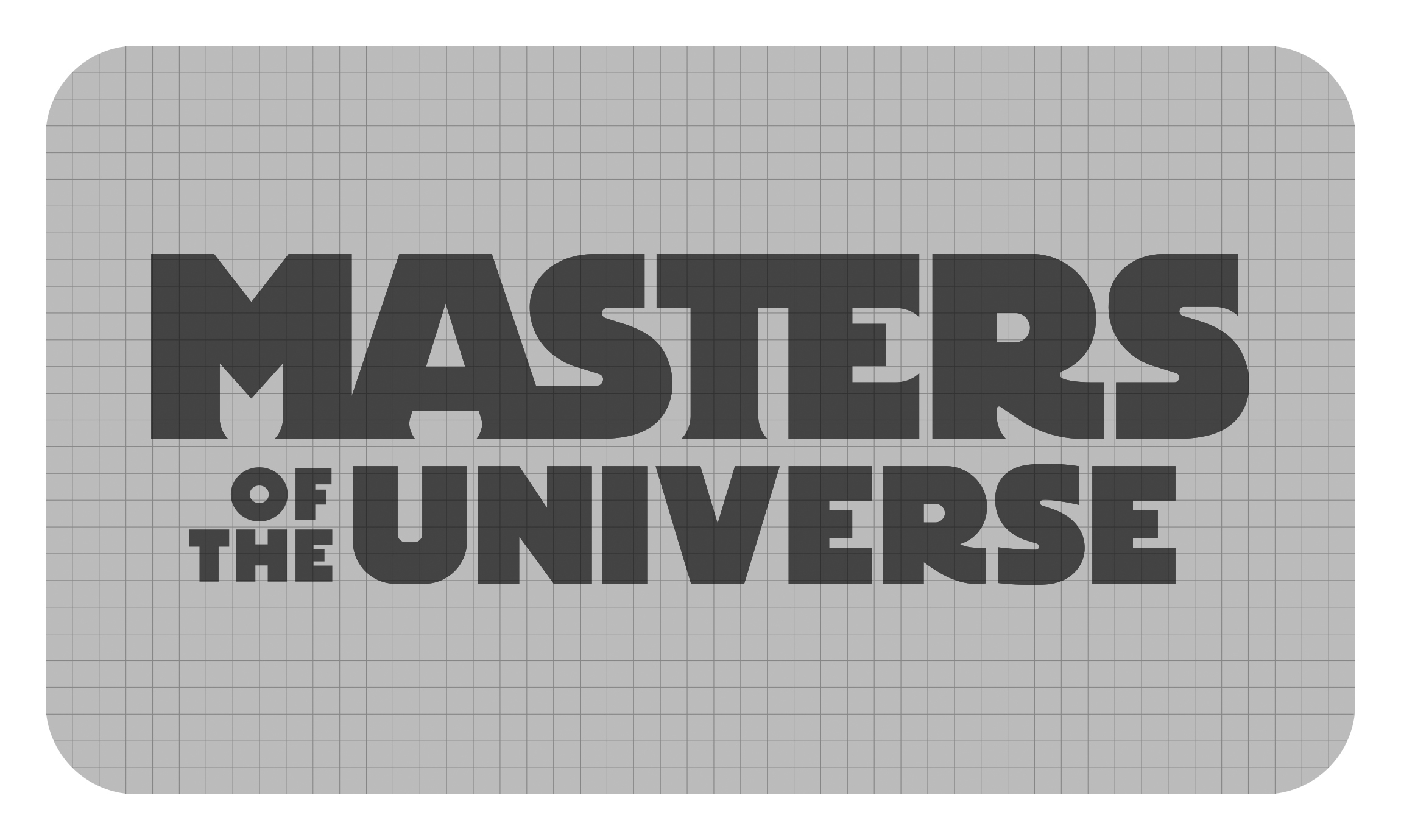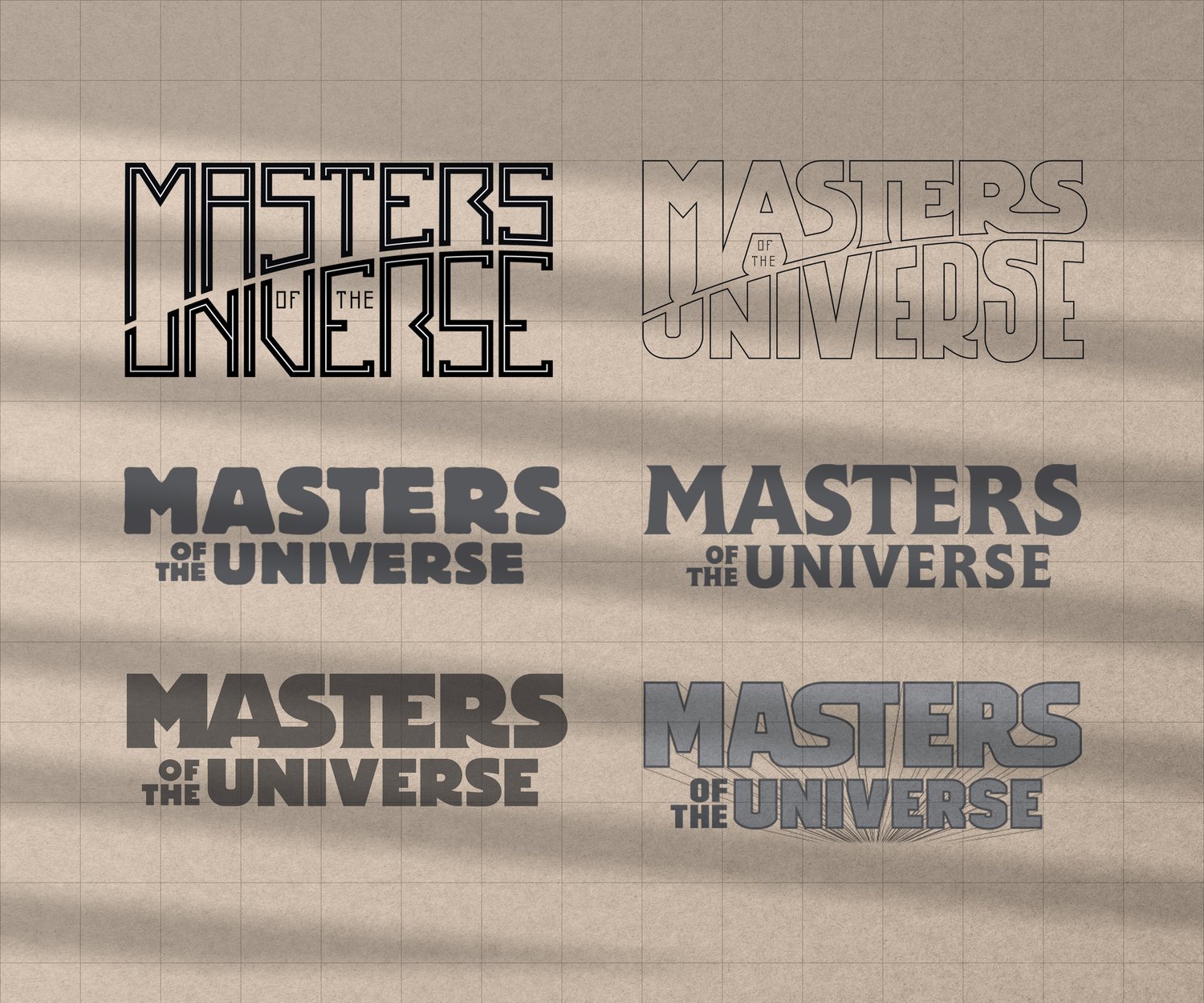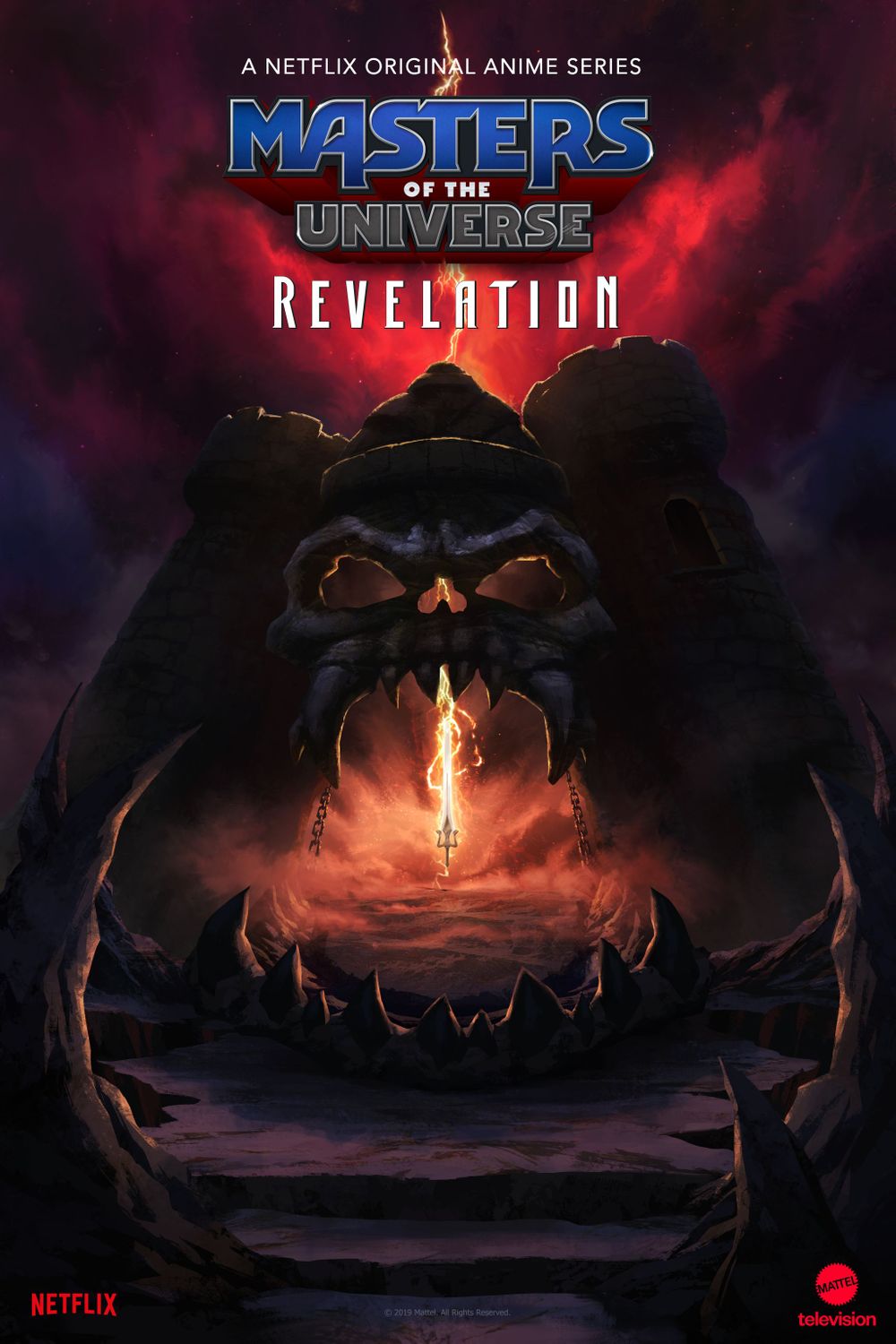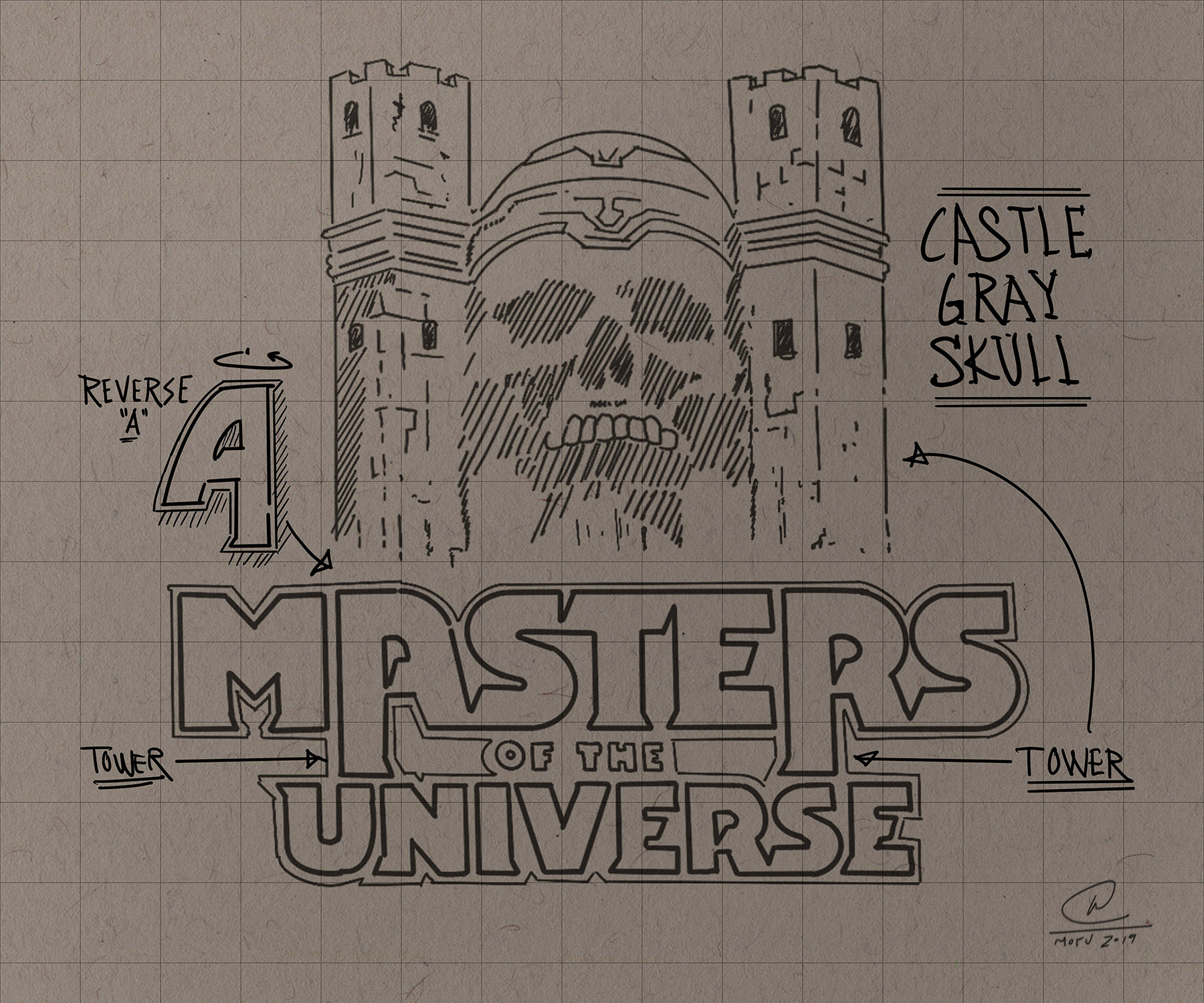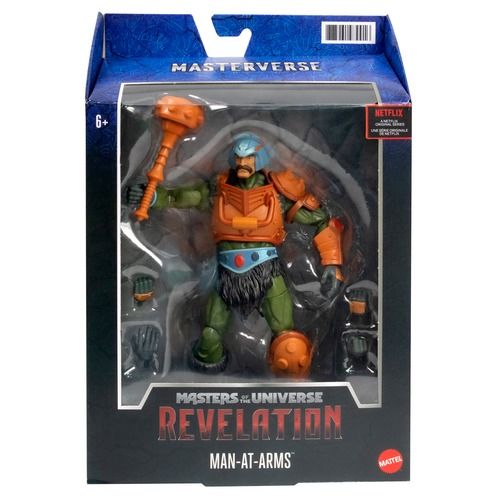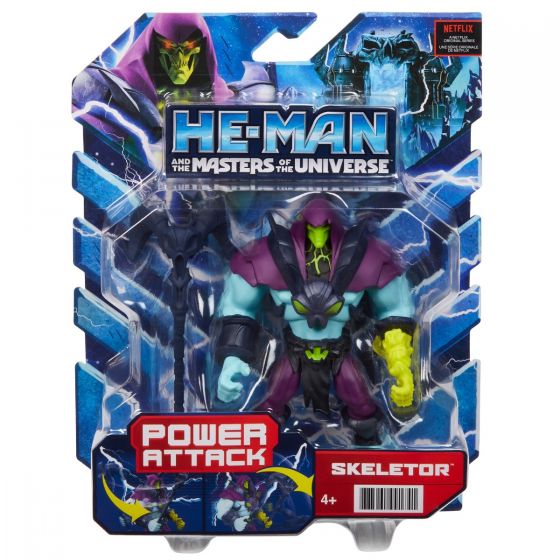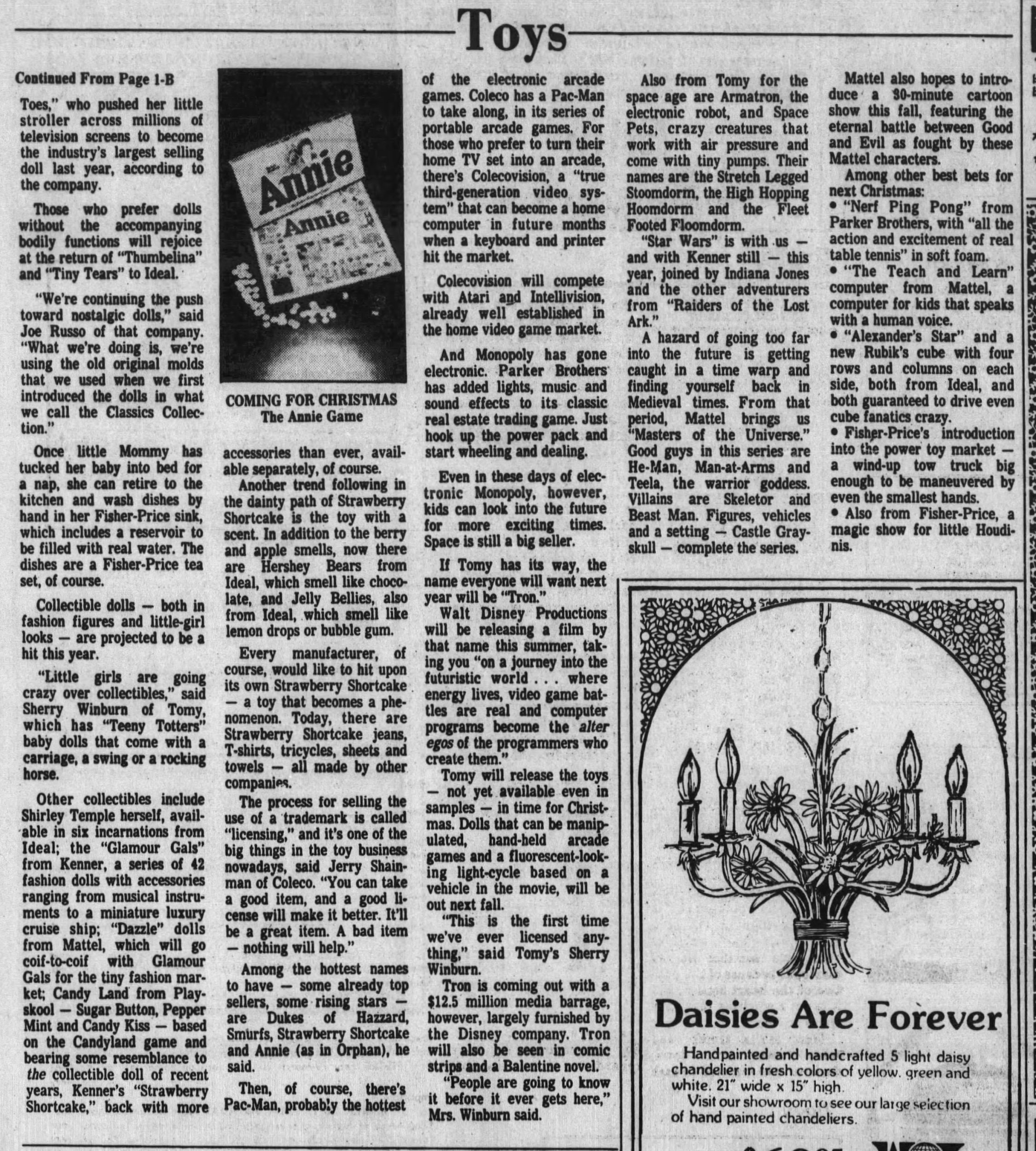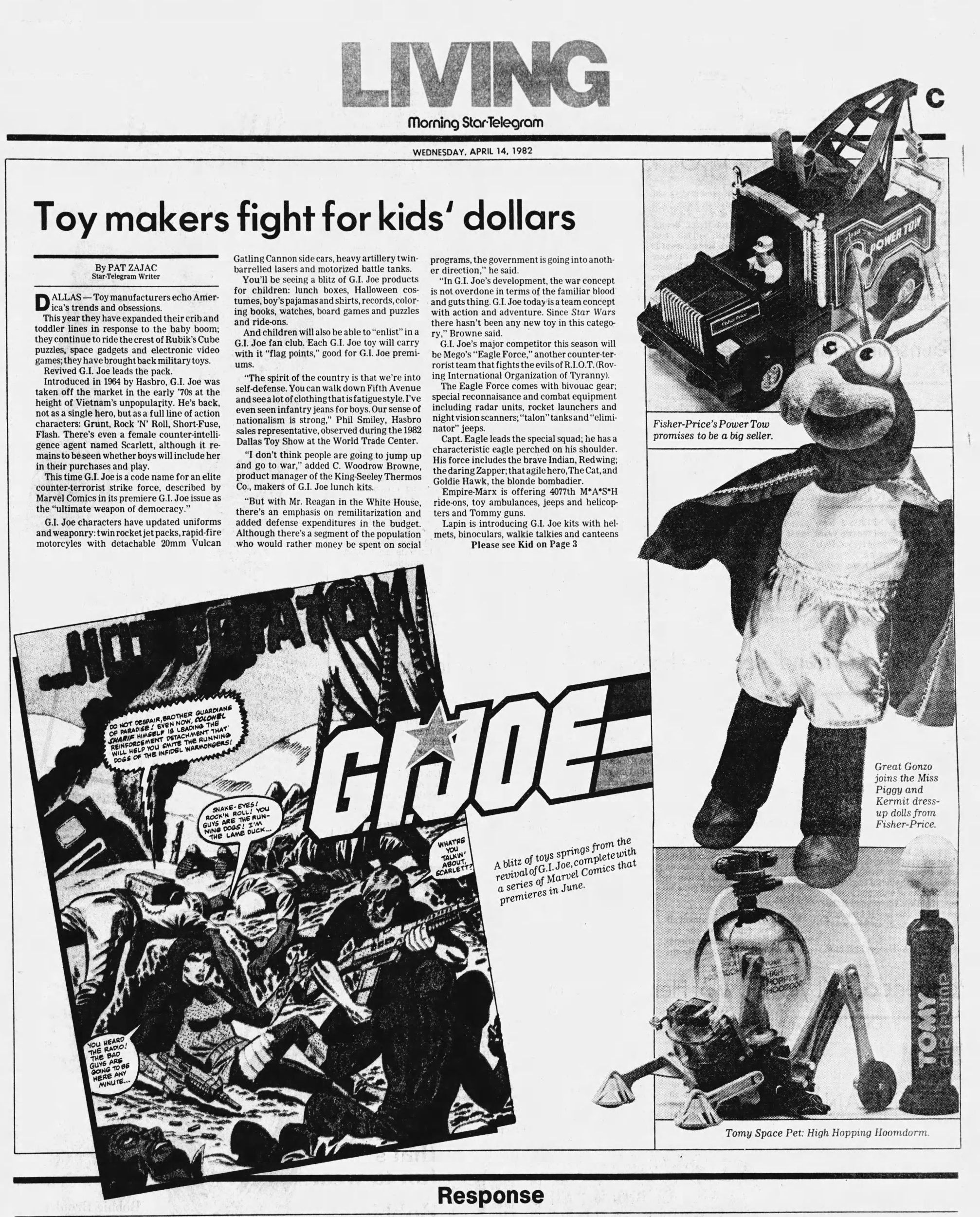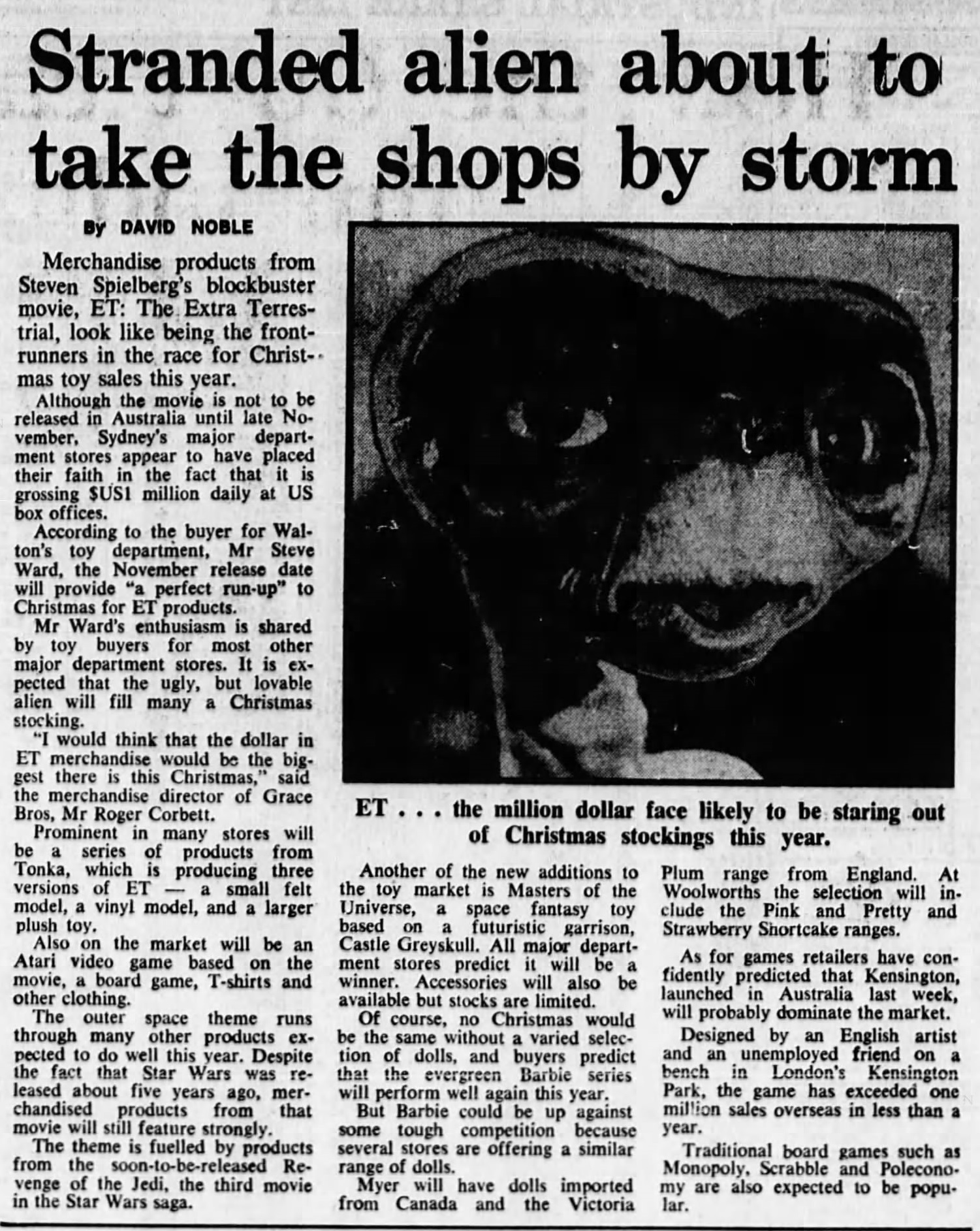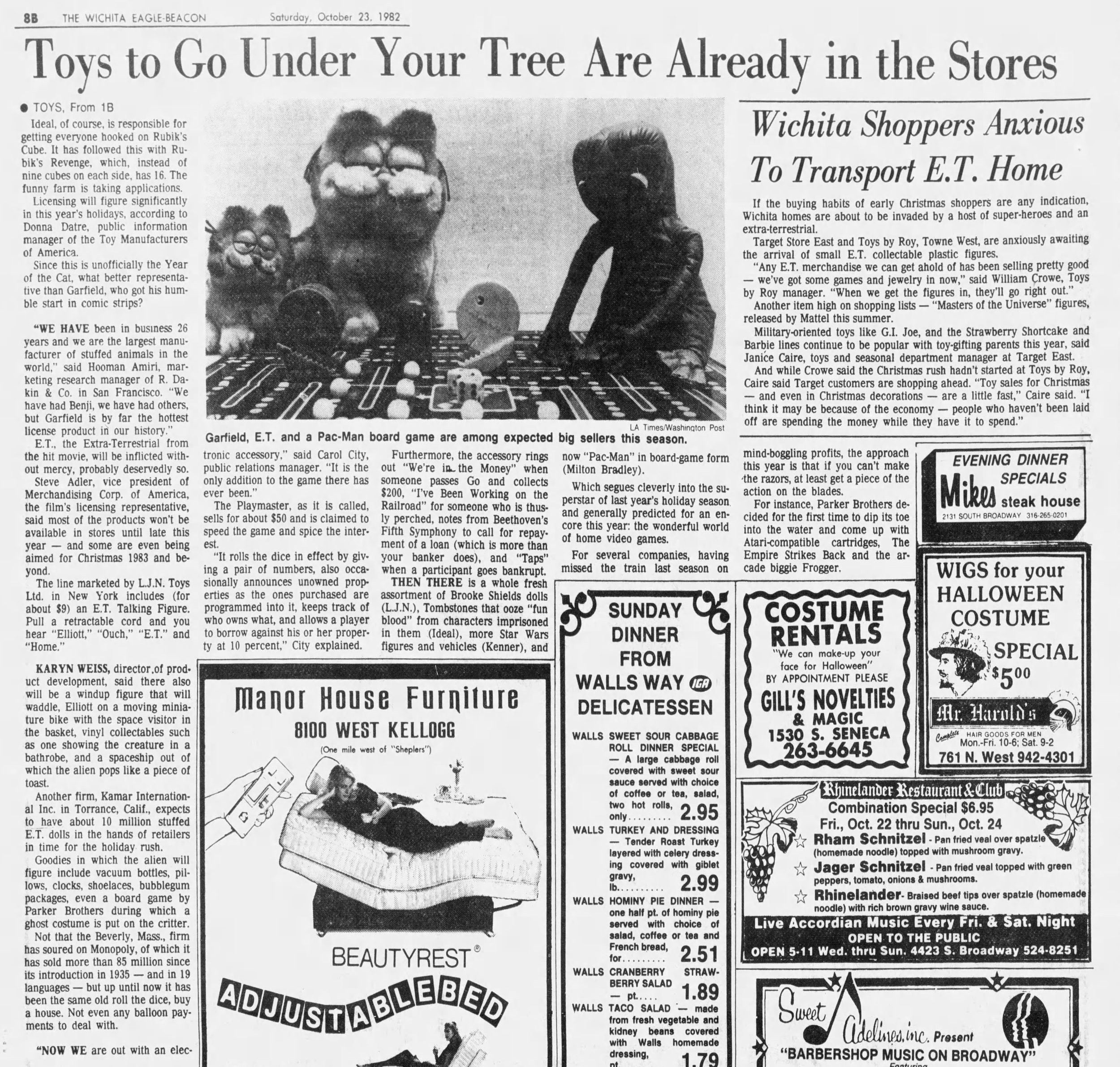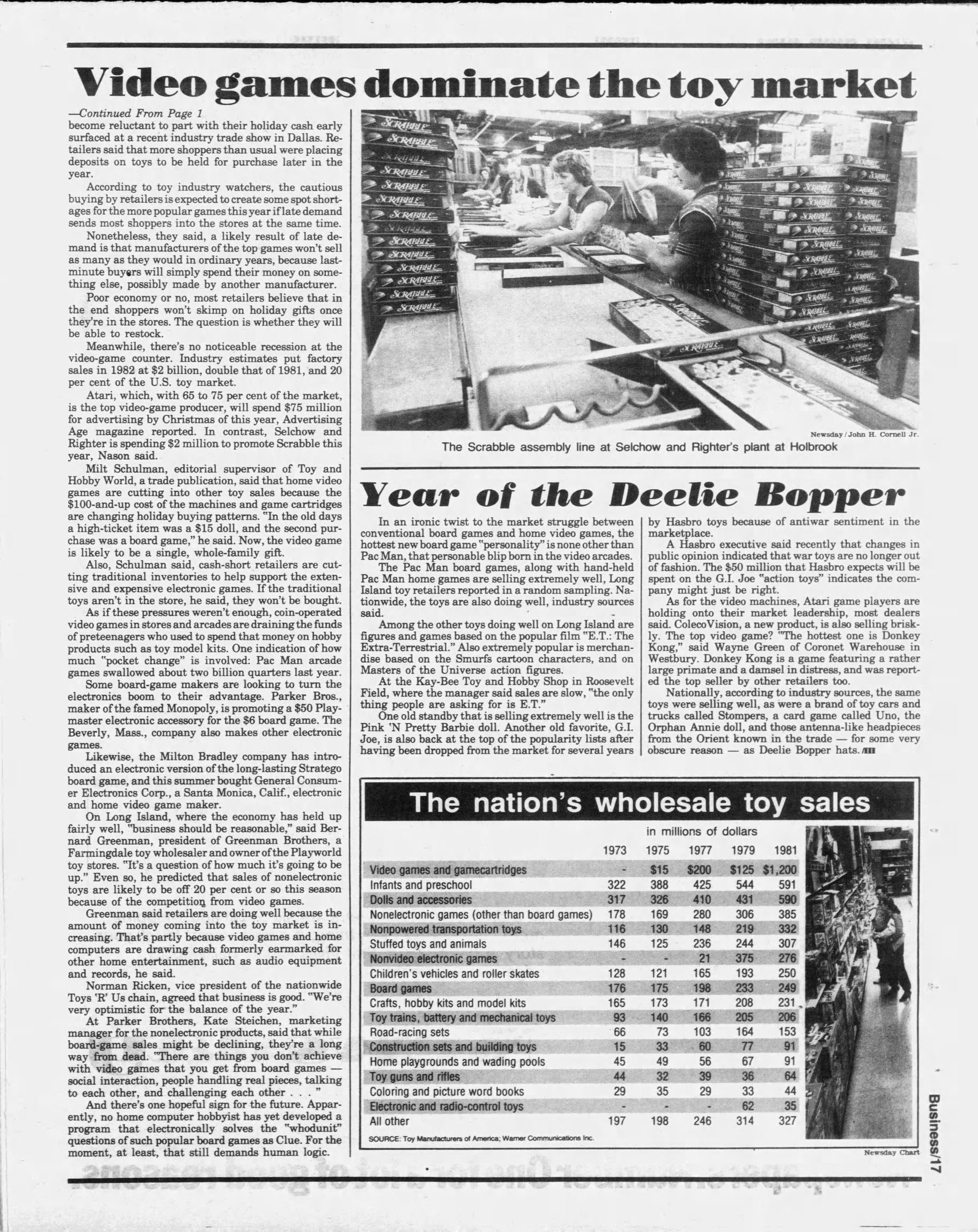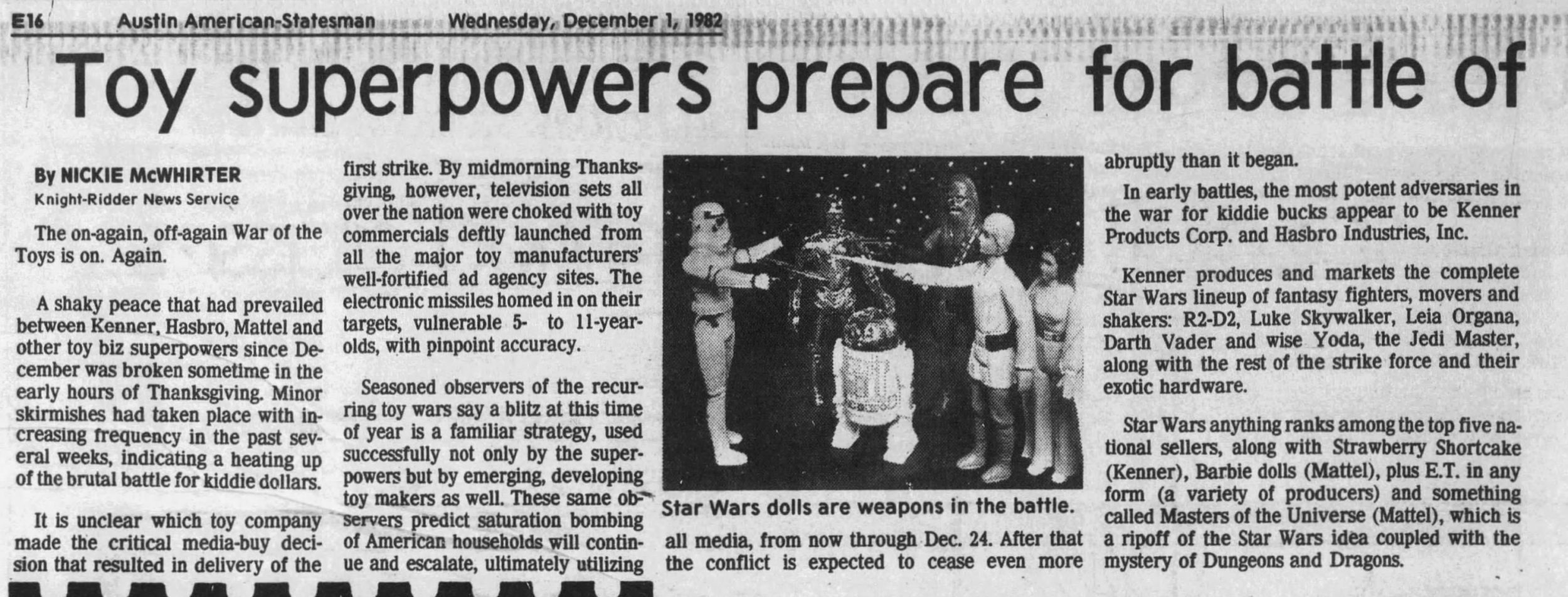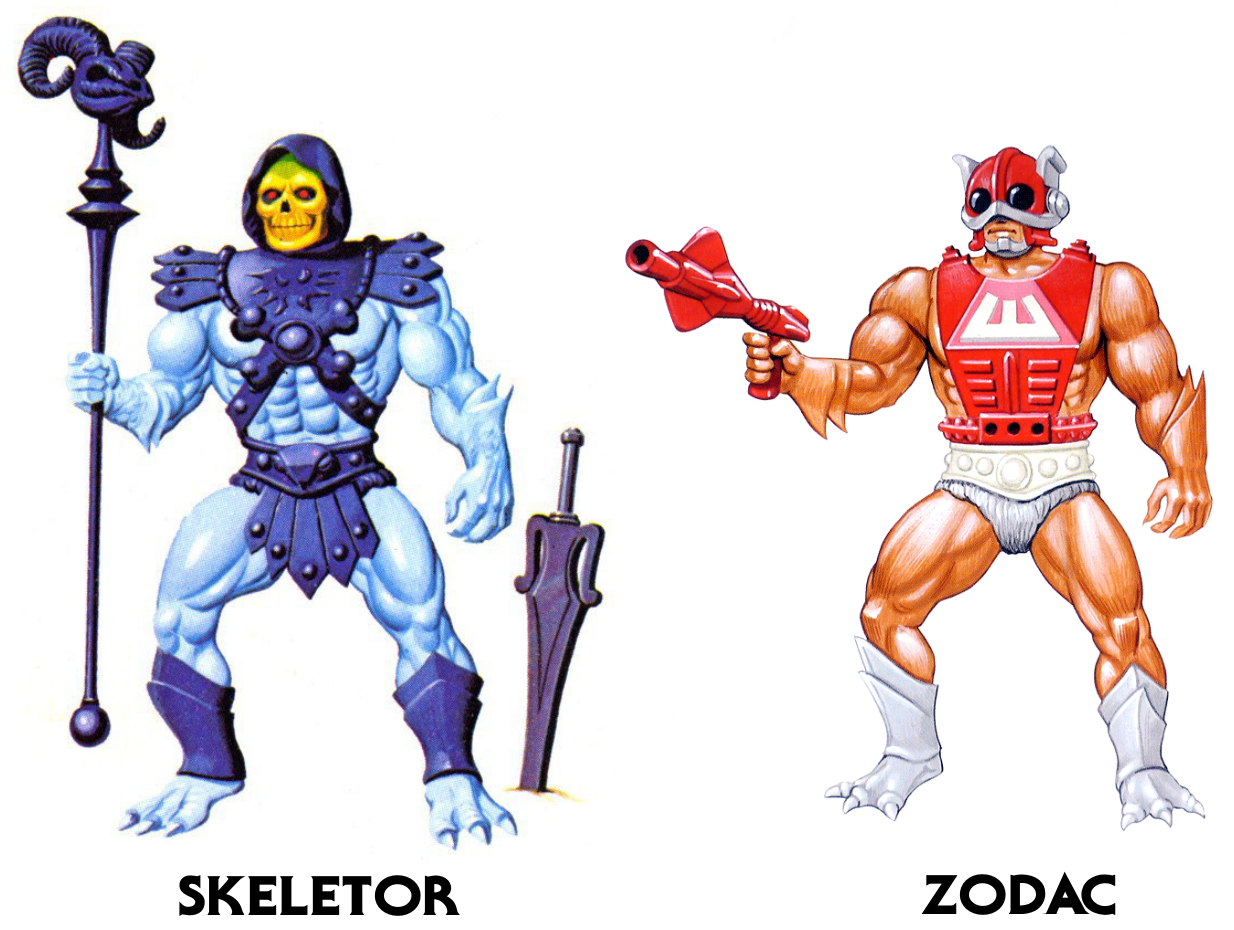
Special thanks to Jukka Issakainen for adding a few observations to this article.
This is probably another one of those esoteric micro topics that only I am actually interested in exploring. But it is something that’s been rolling around in the back of my head for years, so I’m finally going to write about it. To those few obsessives who have the same ailment as me, join me, won’t you?
The origin of this topic starts with the cardback images on the packaging of the vintage Masters of the Universe figures. The backs of the 1982 figure cards showed the eight figures available that year, rendered in beautiful detail that in many cases exceeded the detail of the figures themselves. Most of these images were based on evolving concept art and prototypes for the figures.

Skeletor, Mer-Man and Zodac all feature what look like “double glove” forearms – as if the figures were wearing two sets of superhero gloves, with the edges of the gloves flaring out near the elbow. Only on Mer-Man were these features painted as gloves. On Skeletor the design looks somewhat altered to give it a more anatomical look, as if it’s part of his flesh. On Zodac, the design looks a bit more clearly like gloves, just unpainted. Also note that He-Man is shown with unpainted, flesh-colored wrist bracers, just like the actual figure.
As an aside: one of the things I love about the 2008 MOTU Classics line is that they released Skeletor and Zodac with the “double glove” forearms, with no attempt to add scales or anatomical irregularities, and left them unpainted. I love the boldness and audacity of saying, yes, look at these arms. They look like gloves, but they aren’t. This is just how Skeletor and Zodac look, and you have to accept that. Their anatomy is so alien that they have these clean lines that go out to points. Embrace the weirdness. We’re following the source material wherever it leads us.

On the vintage figures, this “double glove” look wasn’t actually used – instead the arms were sculpted with a single gloved look that also featured some subtle scales. This made them a bit more ambiguous – they could be anatomical or they could be gloves, depending on if they were painted over or not.

However, it was the cross sell art that was often used as the reference for many comic and storybook illustrators (especially in the first years of the line), and it’s interesting to see how they interpret Skeletor and Zodac’s forearms, as gloves, as anatomy, or just plain ambiguously. Discerning which was the intent is sometimes clear, sometimes not. So without any further ado, let’s begin!
Fate is the Killer (August 26, 1982):
In DC Comics’ Fate is the Killer, both Skeletor and Zodac are seen to be wearing gloves. The colorist even goes so far as to add shading not present in the source material. But even without the shading, the presence of lines all the way across the forearms reads as gloves.
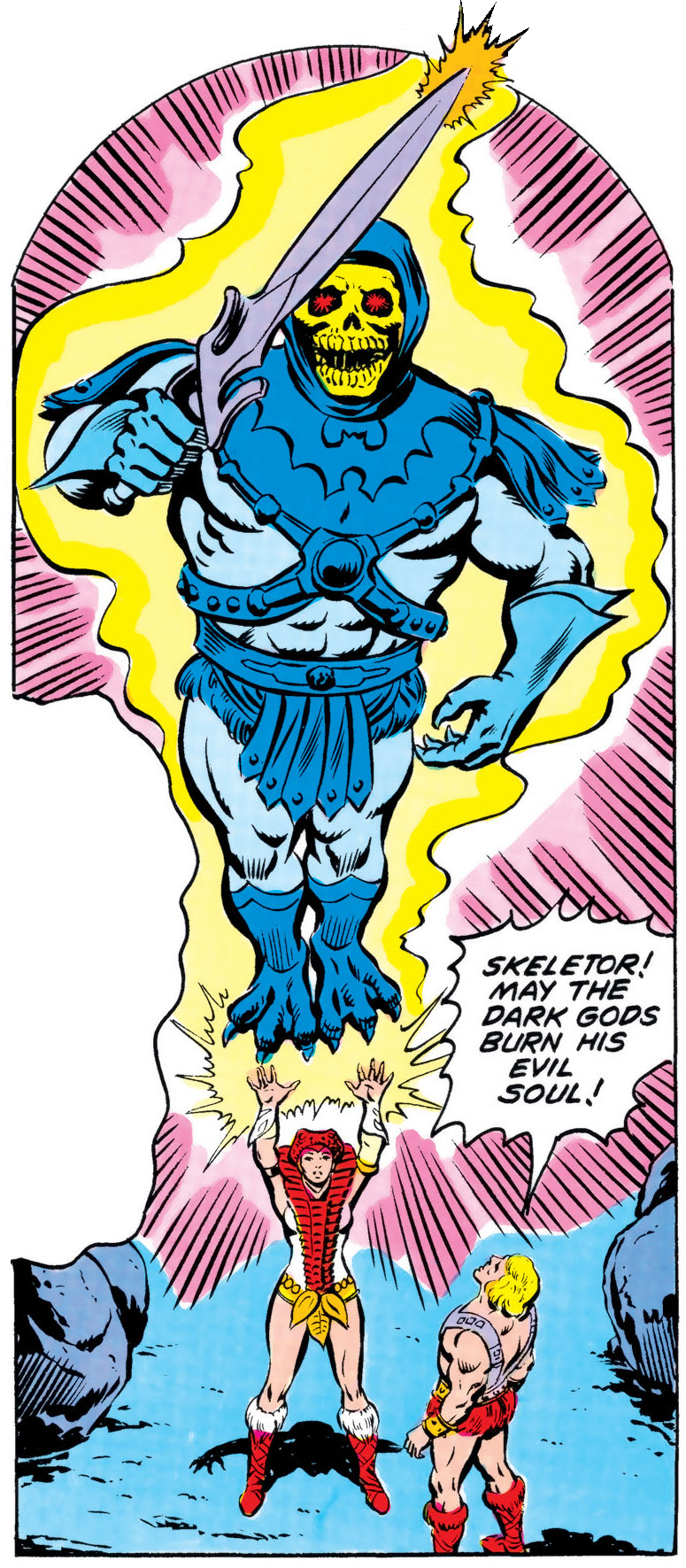
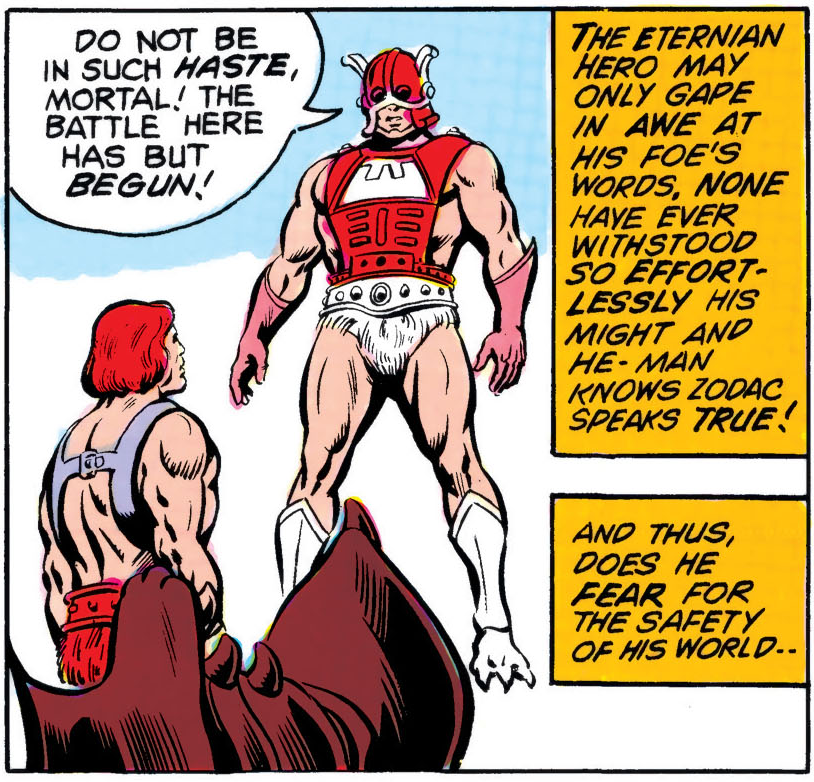
The Key to Castle Grayskull (October 14, 1982):
In the follow-up story, The Key To Castle Grayskull, the lines across the forearms still suggest gloves, although the additional coloring is dropped, perhaps based on feedback from Mattel:


Within These Walls Armageddon (November 11, 1982):
In the final story in this DC series, we get the clearest depiction yet of these characters wearing flesh-colored gloves (single rather than double gloves here):


DC Minicomics, 1983:
Moving onto the 1983 series of DC-produced minicomics (all illustrated by Mark Texeira), we see Skeletor again wearing gloves in most instances (Zodac makes no appearances until the larger Point Dread comic book that came with a record):
He-Man Meets Ram Man:
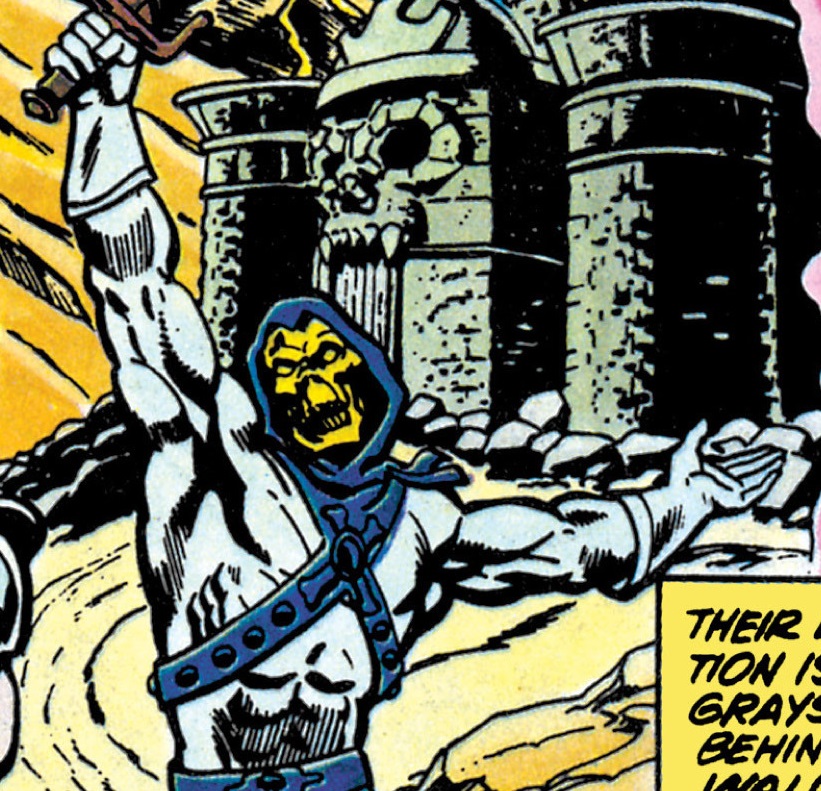
The Ordeal of Man-E-Faces:
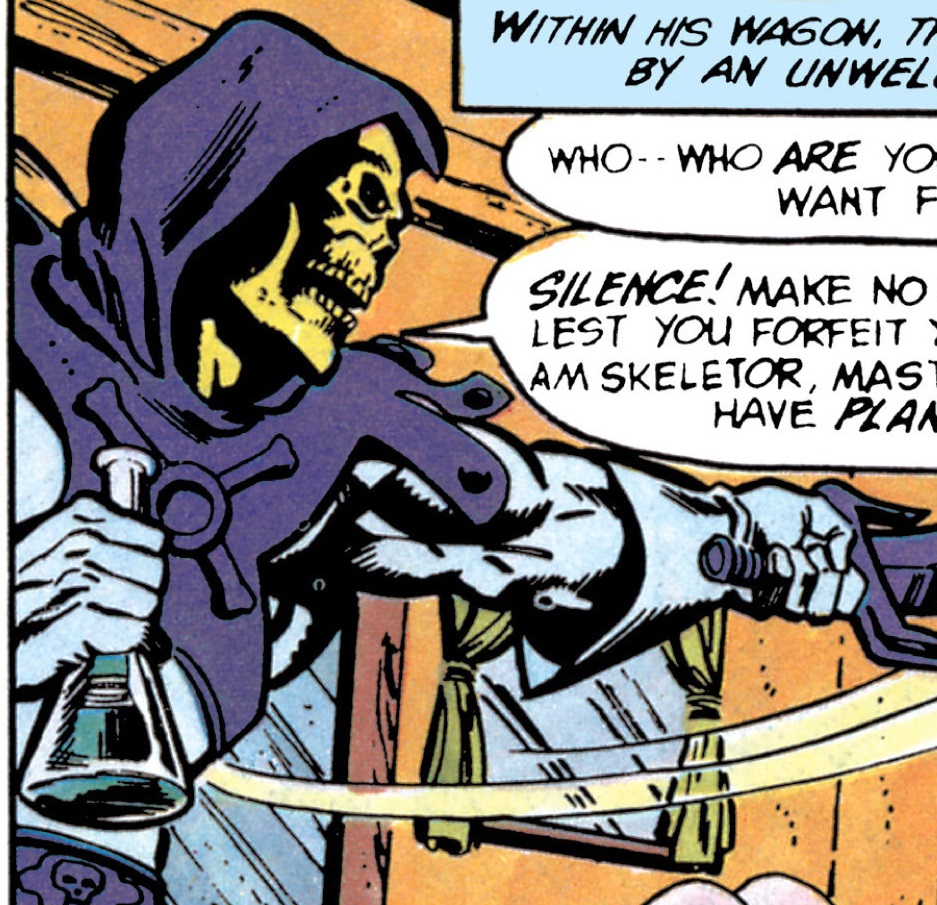
The Terror of Tri-Klops:

The Menace of Trap Jaw:

The Tale of Teela:
The cover of this comic gives Skeletor ambiguous or anatomical fins, but in the story they are drawn like gloves:

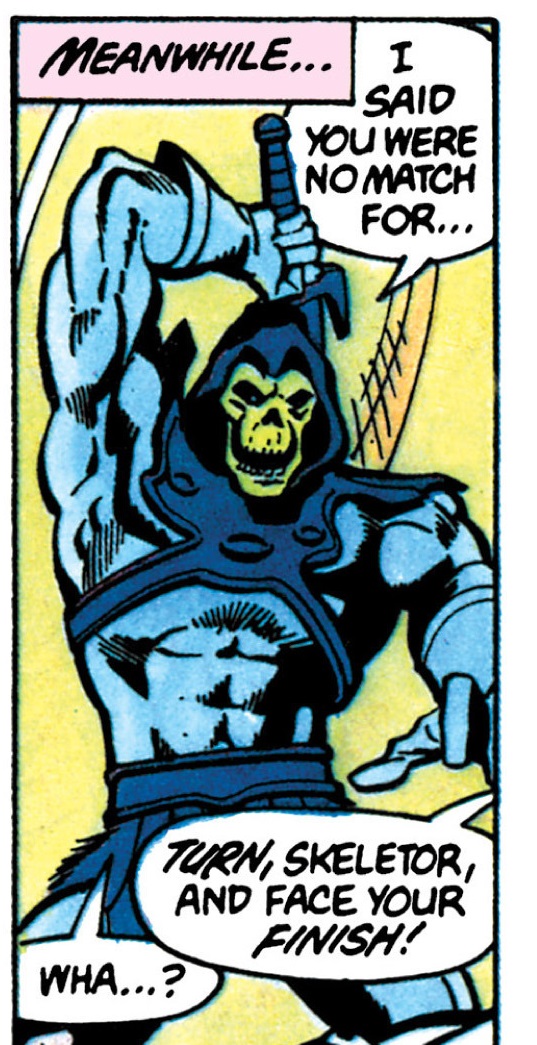
The Magic Stealer:
The cover of this comic gives Skeletor ambiguous or anatomical fins, but in the story they are drawn like gloves:
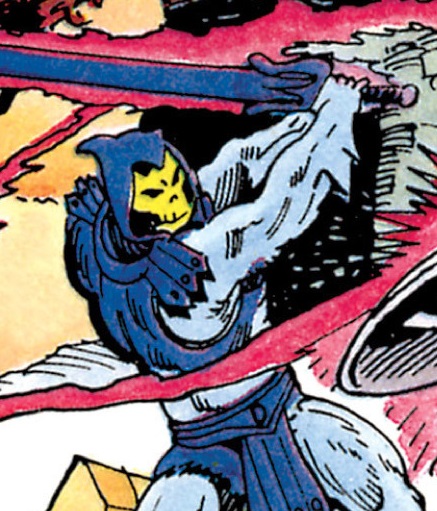
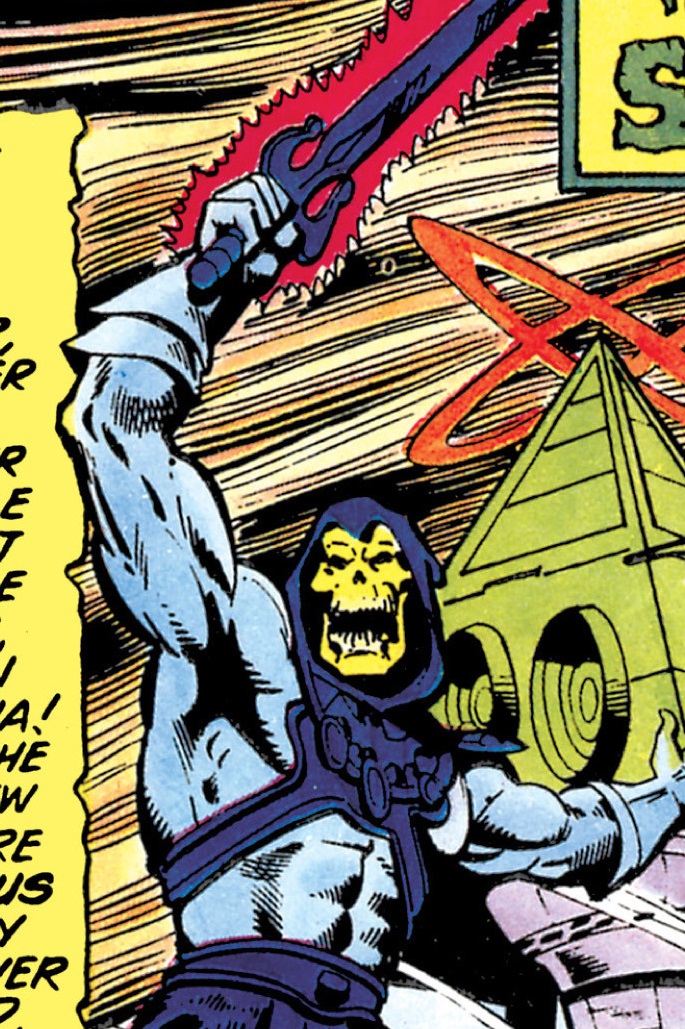
The Power of… Point Dread:
This comic seems somewhat more ambiguous for some reason, even though we do usually get a full line across the forearm where the gloves would terminate. But they do seem a bit more fin-like here than in previous minicomics.
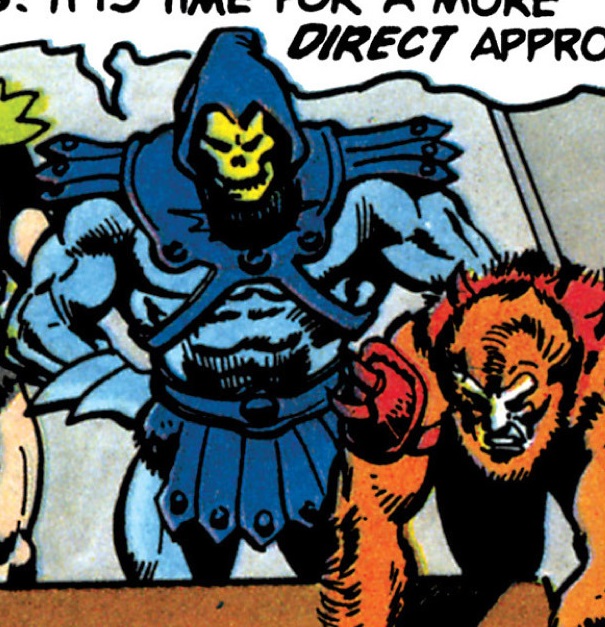
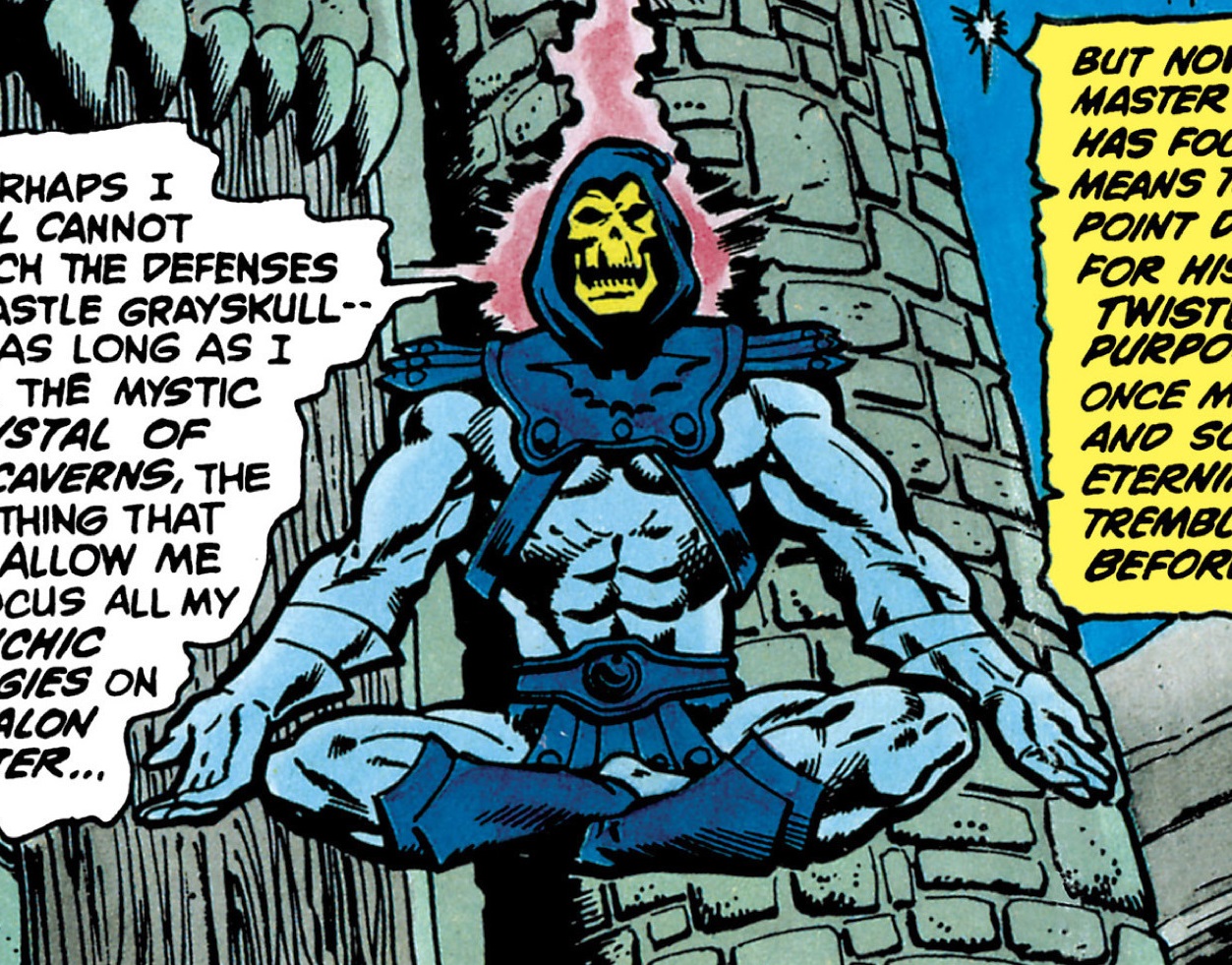
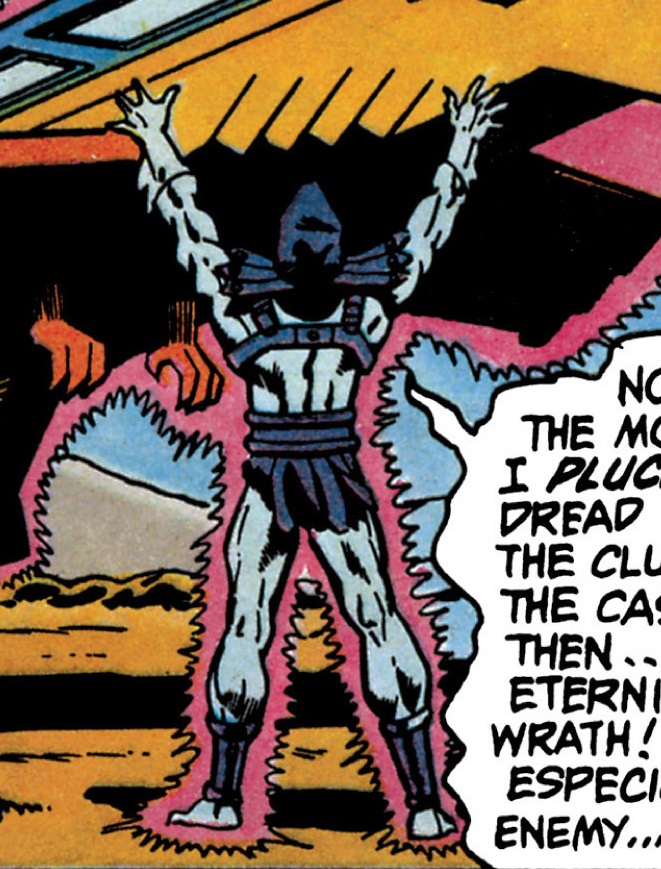
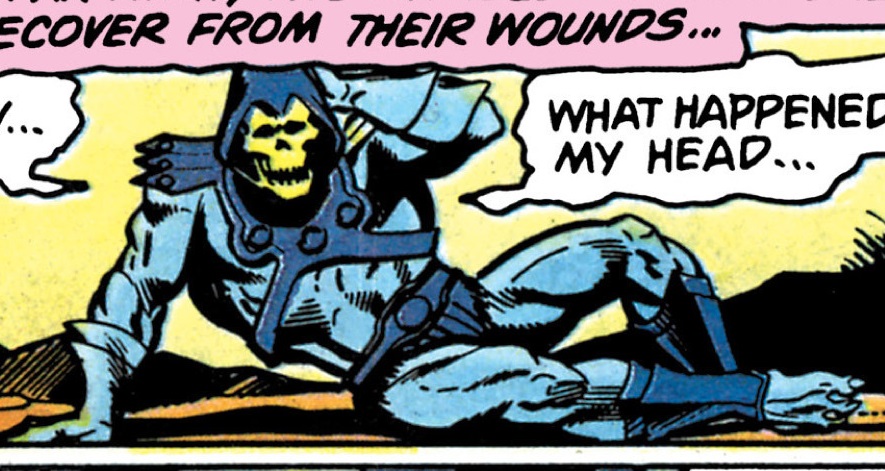
The Power of Point Dread:
In the Alfredo Alcala-illustrated Power of Point Dread, Skeletor lacks the cross sell art style arms (as is the case in every minicomic illustration done by Alcala), but Zodac has them. In one panel they are clearly gloves, but in another they are gone altogether:
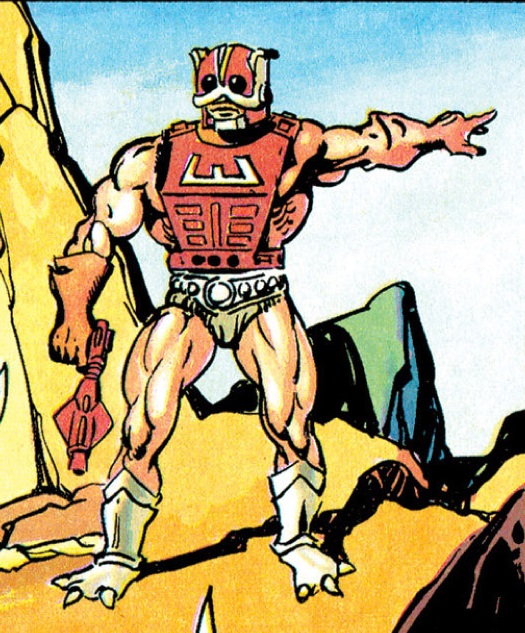

The other minicomics tend not to reference the cross sell art look. In fact, as the series went on, the animated look for Skeletor tends to dominate, while Zodac doesn’t appear at all. Temple of Darkness does depict Skeletor with dark purple gloves, but it’s not drawing from the cross sell art look, but instead mixes the concept art look with the animated cartoon look.
However, the Golden series of books draws upon the cross sell art very frequently, so I’ll cover those as well:
Caverns of Fear:
In this story I’d say the Skeletor on the cover (by Gino D’Achille), has ambiguous arm fins while the version inside the pages (illustrated by Al McWilliams) is clearly wearing gloves. In both cases the artists are drawing from the cross sell artwork, but they both color the character’s feet like the vintage toy.

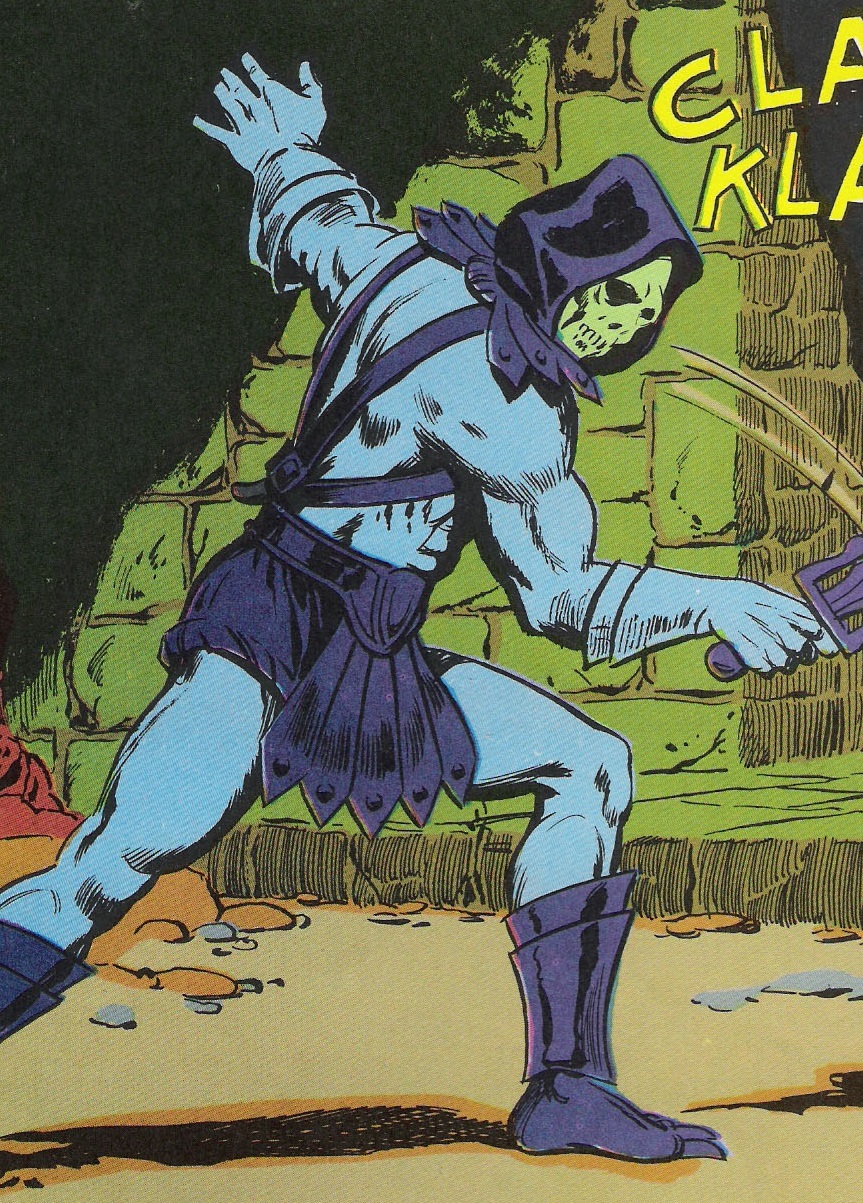
Thief of Castle Grayskull:
In this tale, illustrated by Fred Carrillo, Skeletor seems to actually be wearing flesh tone bracers – his hands read as bare to me.

The Sword of Skeletor:
On the cover (D’Achille) Skeletor’s arm fins seem to clearly be a part of his anatomy, although they look strangely like gills here:

Skeletor’s appearances inside the story (again illustrated by Fred Carrillo) usually look like bracers again, although in one panel they are colored like gloves:


Zodac also appears in this story, and it looks to me like he has flesh tone gloves or bracers:

The Trap:
The cover of The Trap gives Skeletor smooth forearms, with no gloves or strange anatomy. However, in the internal story (illustrated by Dan Spiegle) features a Skeletor with clearly anatomical forearm fins:
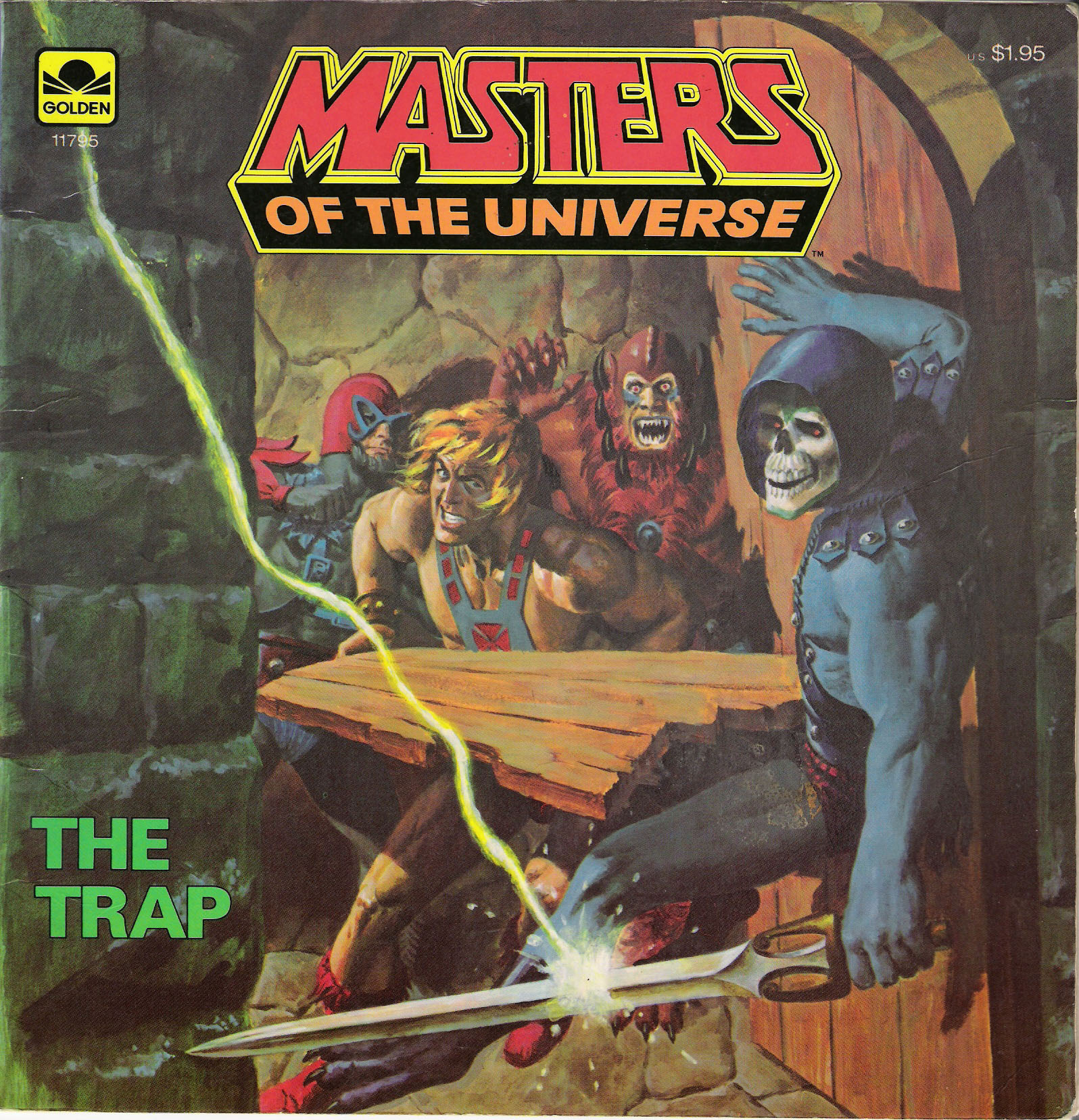


Golden Oddities:
The later Golden stories don’t always draw from the cross sell art, but the conceit of flesh-colored gloves or other costume elements pops up randomly across the various books:



In a couple of cases, Webstor is given the flesh colored gloves, despite him not having that design in his own cross sell art. Mer-Man in one case is drawn using the lines from his cross sell art, but the coloring from his toy, giving him flesh-colored double gloves as well:


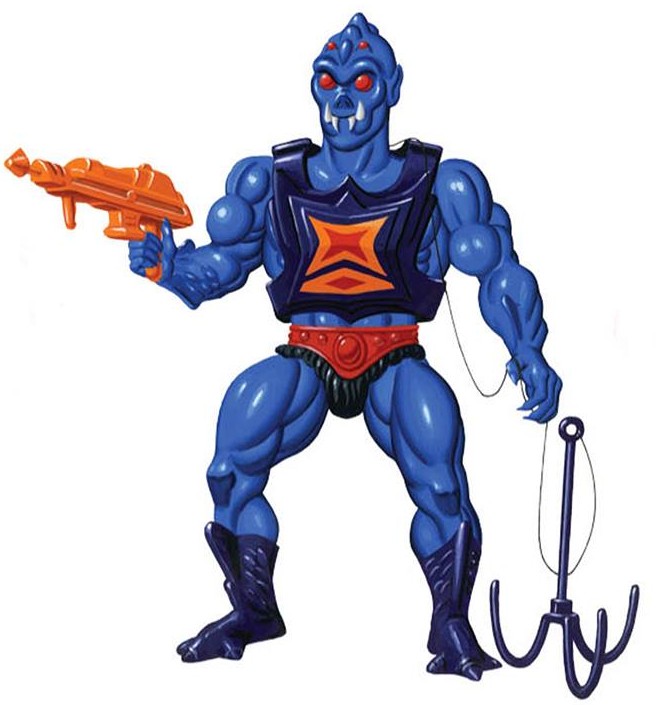
The Magic Mirror:
In The Magic Mirror, Skeletor has the forearm fins in both his regular costume (cover by Earl Norem) and in his Battle Armor costume (illustrated by Fred Carrillo). The Battle Armor Skeletor cross sell art didn’t feature that design either. In both cases, the illustrator makes these look like metallic bracers.
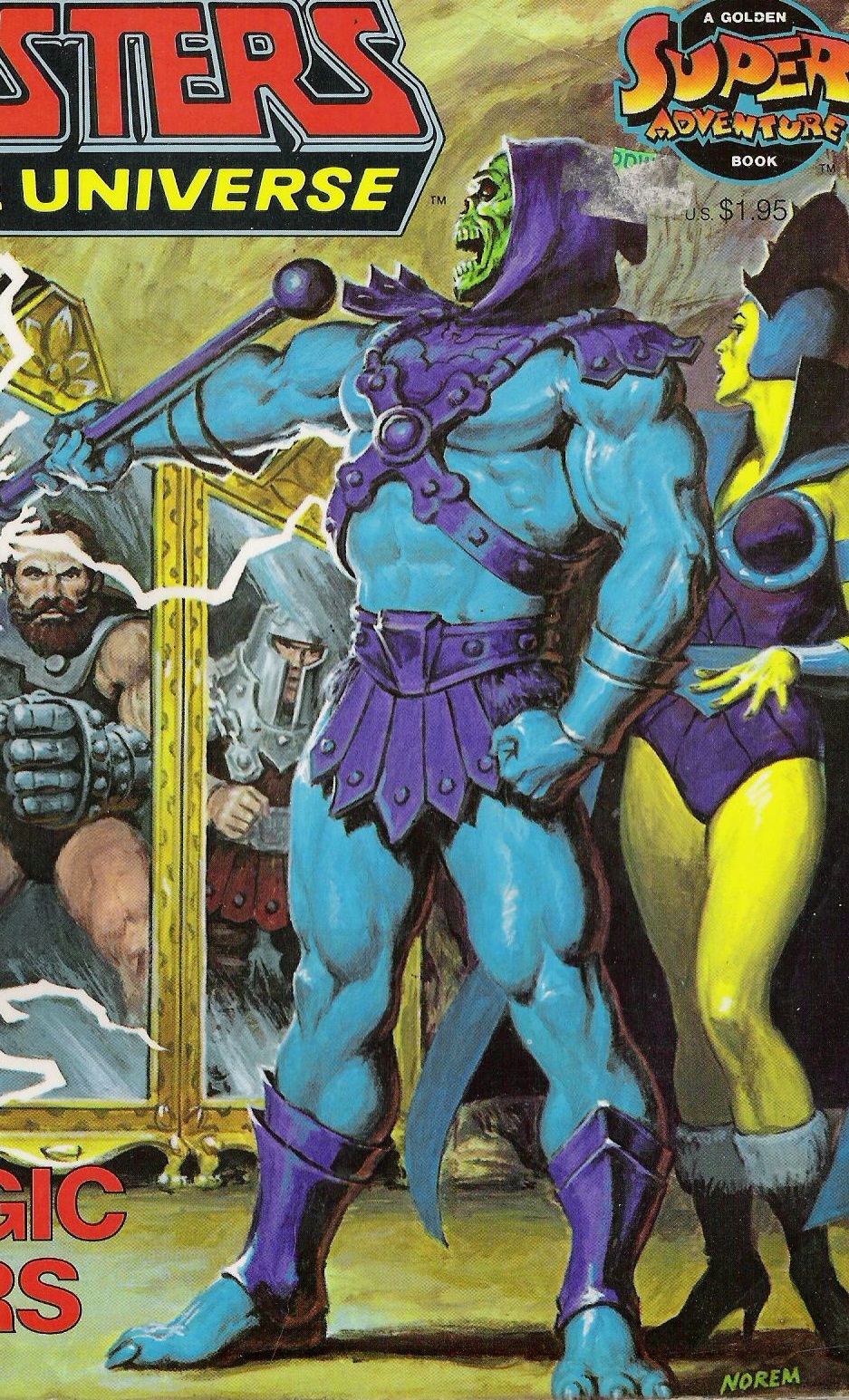

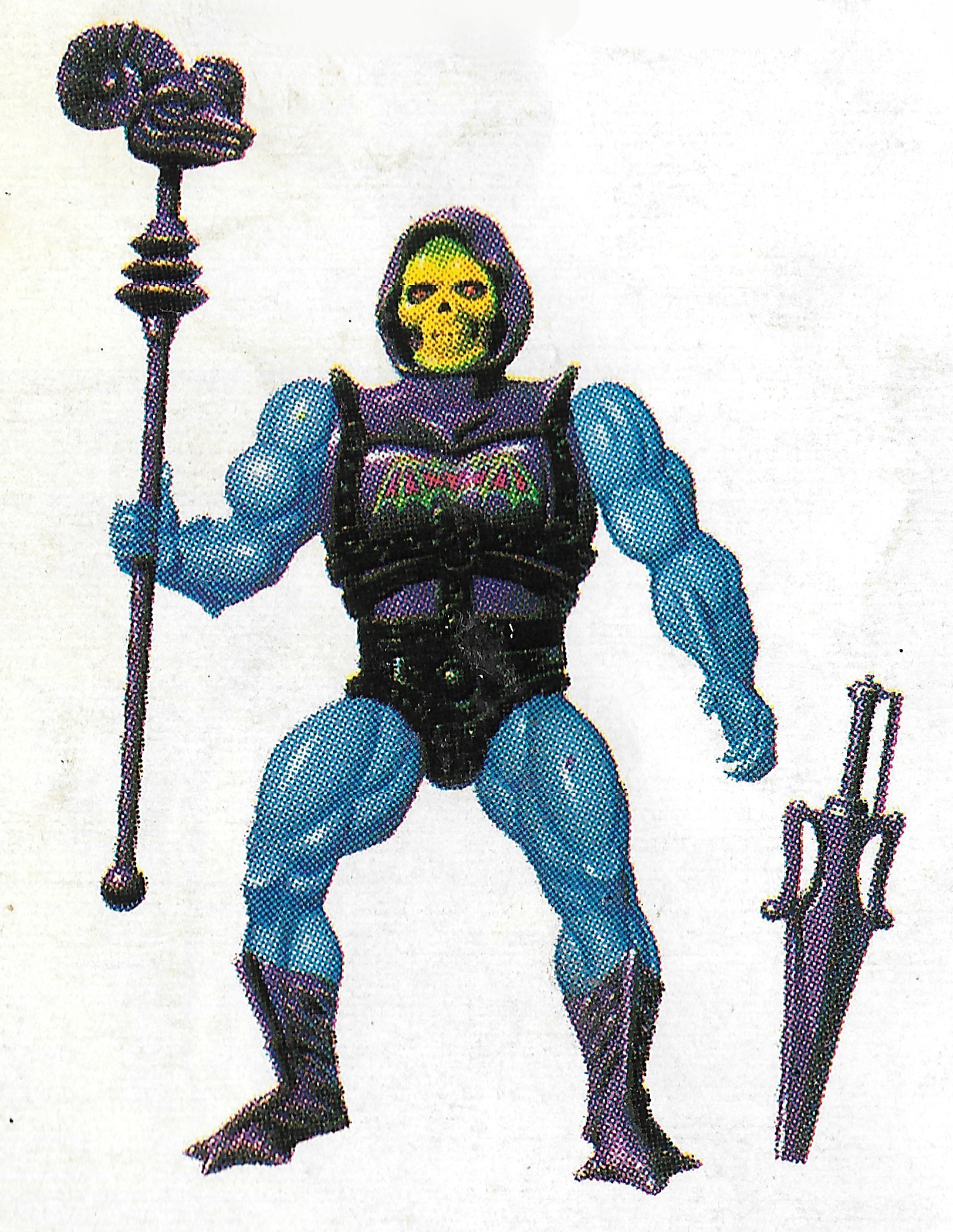
Years later of course Skeletor would stop messing around with ambiguous-looking gloves and get serious about handwear:
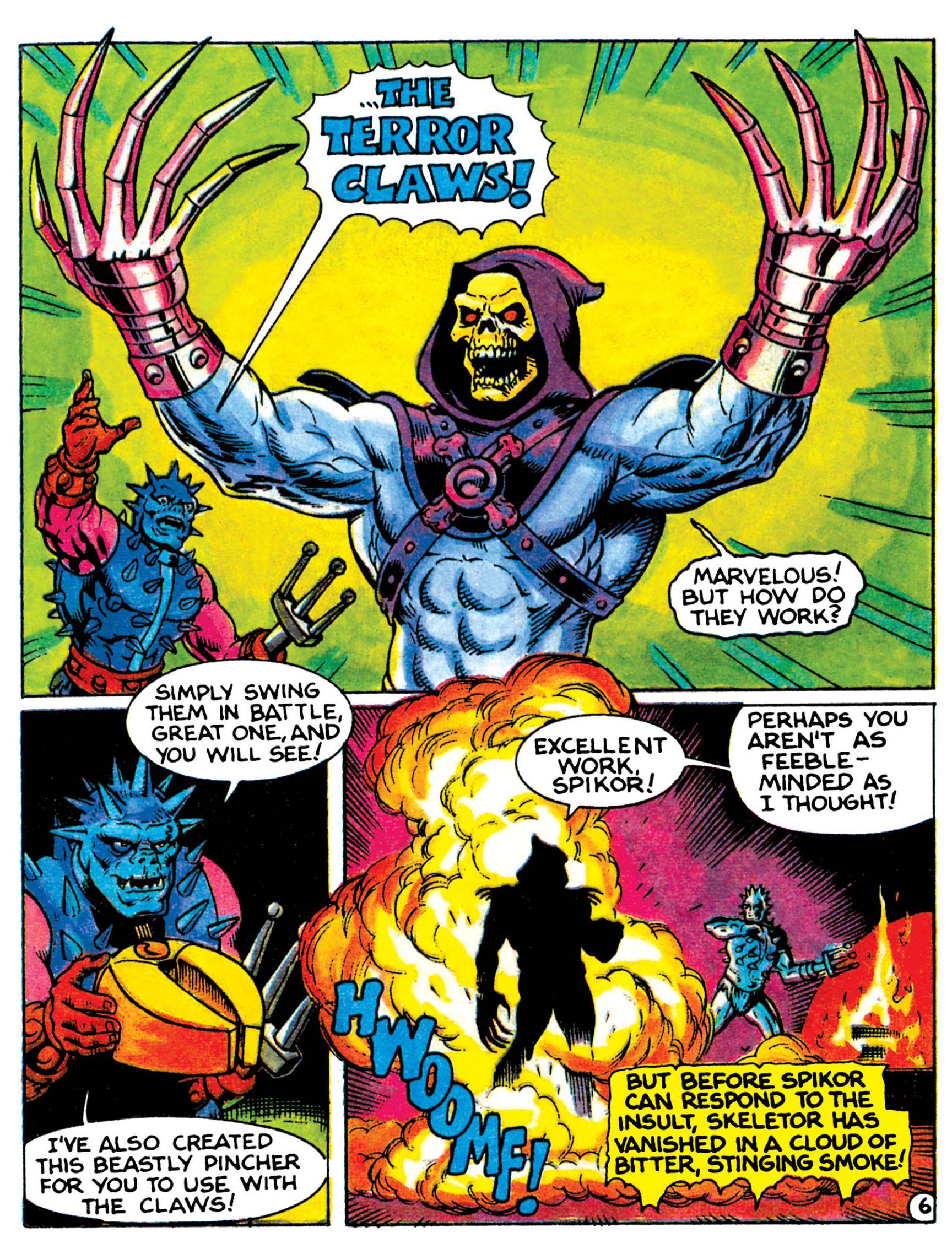
I hope you enjoyed this rather weird journey. Until next time!
Post script: it occurs to me that some might wonder what the designer of Skeletor actually intended? From a 2006 Q&A with Matt Joswiak and Mark Taylor:
Matt J: Are the ridges on the toy’s forearms meant to represent gloves?
Mark T: No, they are part of his unnatural sub structure showing through his hide.
We don’t actually know who illustrated the cross sell artwork for the first wave of figures, but the “double glove” look may have been influenced by the original Skeletor B-sheet, which had drooping, rotting flesh on the forearms, in a similar shape to gloves:
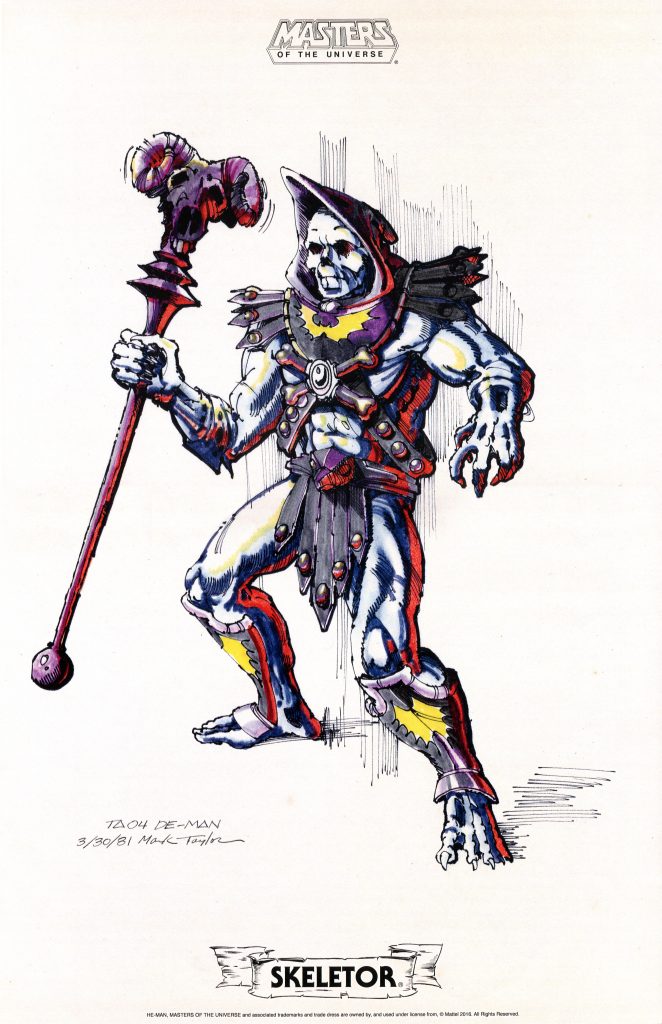
However, Zodac’s B-sheet doesn’t have the double glove look – his design was based on Mark’s knowledge of the existing sculpted parts for the line, so the double glove look must have come from the anonymous cross sell art artist:

Want to support the blog? Consider becoming a Patreon supporter. You’ll also gain access to exclusive content and early access to posts on the blog. Alternatively, you can do your toy shopping through my Entertainment Earth affiliate link. Thank you!
